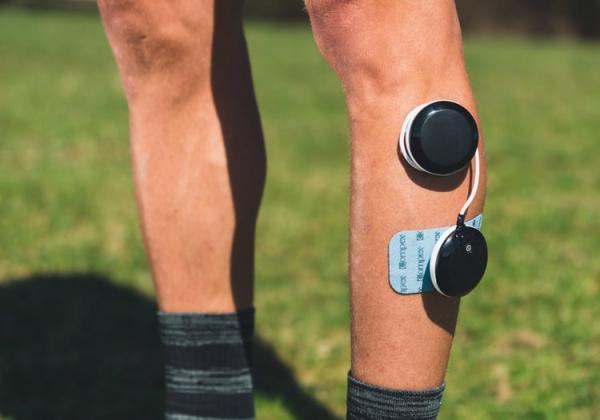Matt Jaggard
Search
-
Posted On: November 6, 2020Posted By: Matt Jaggard
Preventing and Rehabilitating Ankle Twists with Matt Jaggard
-
2 Item(s)
Search
Recent Posts




